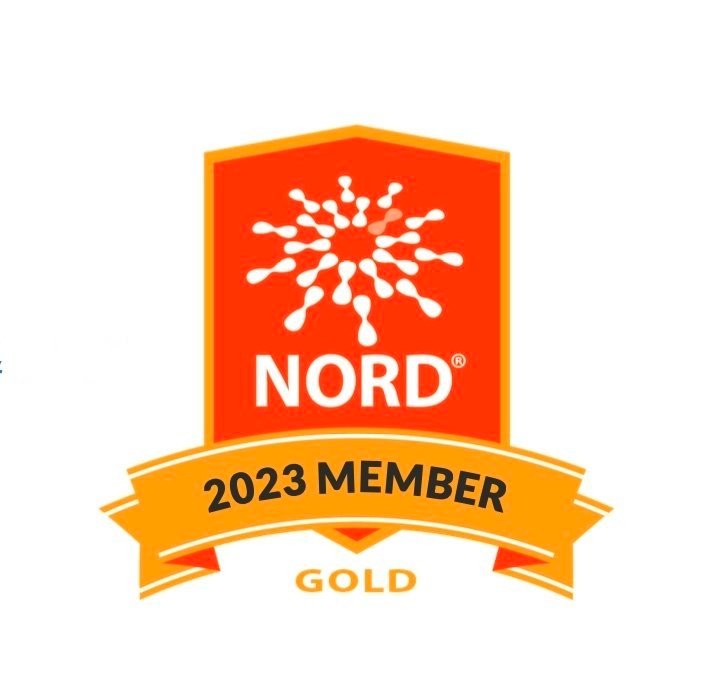Endocrinology Newsletter "The Endocrinologist" - June 2014.
Very brief introduction into Kallmann syndrome & CHH - a cause of delayed puberty.
Kallmann syndrome is a congenital hormonal condition that results in the failure to start or the failure to complete puberty. Kallmann syndrome is a form of congenital hypogonadotropic hypogonadism (CHH) that is accompanied with a lack of sense of smell (anosmia).
The condition affects both men and women but is more often diagnosed in men. The actual incidence is unknown but is thought to be in the region of 1 in 50,000. The condition is congenital and shows all forms of inheritance, over 25 separate genes have been identified in causing cases of Kallmann syndrome and CHH but still approximately 50% of cases have an unknown genetic origin.
The underlying cause of KS / CHH is a deficiency in the production of GnRH produced by the hypothalamus gland which affects the productions of the gonadotropins from the pituitary gland.
GnRH = gonadotropin releasing hormone.
This is the hormone that should be produced by the hypothalamus, located inside the brain. It is the absence of this hormone that is the root cause of KS / CHH. GnRH can be used in fertility treatments and puberty induction but is not widely available and sometimes only available to women. It can be a very effective treatment however.
GnRH levels cannot be measured directly by a blood test as it is not normally present in the general circulation.
FSH = follicle stimulating hormone
LH = leutinising hormone.
Together these two hormones are called the gonadotropins. These are normally produced by the pituitary gland, located next to the hypothalamus in response to GnRH. In KS / CHH patients there is no GnRH so no or insufficient levels of FSH and LH are produced.
In women FSH allows the egg to mature
In women LH is responsible for the production of oestrogen and progesterone from the ovaries
In men FSH allows sperm production
In men LH is responsible for the production of testosterone from the testes.
FSH and LH can be used in both fertility treatments and pubertal induction.
FSH can be manufactured in pure form (eg Gonal-F) or it can be produced from female urine in the form of hMG - human menotropin (eg Menopur or Repronex)
LH cannot be manufactured or extracted directly.
Instead hCG is used = human chorionic gonadotropin. hCG has the same activity as LH.
hCG can be manufactured in pure form (Pregnyl or Novarel) or it can be sometimes be extracted from placental tissue. Some men with KS / CHH can take Pregnyl or Novarel on their own, just for testosterone production. In order to achieve fertility men normally (but not always) have to take FSH or hMG as well in order to achieve sperm production.
For most (but not all) KS / CHH patients the use of hormone replacement therapies; oestrogen and progesterone in women and testosterone in men will not induce fertility.
KS = Kallmann syndrome.
CHH = congenital hypogonadotropic hypogonadism. The term IHH is sometimes used instead where the “I” stands for idiopathic, meaning having an unknown cause.
Kallmann is a form of CHH which is accompanied by a lack of sense of smell. About 50% of CHH cases have no sense of smell or reduced sense of smell and can be termed Kallmann syndrome.
The condition can be called Aureliano Maestre de San Juan syndrome in some Spanish speaking countries after the person who first discovered it.
Research study at Penn State University, USA.
We are currently seeking research participants who have been diagnosed with idiopathic hypogonadotropic hypogonadism (IHH), including Kallmann Syndrome (KS), for such a study. This study is being run through the Pennsylvania State University Department of Anthropology and in collaboration with Dr. William Crowley of the Massachusetts General Hospital and Harvard University. To participate, you must be 18 years of age or older.
Although you may wish to participate out of a desire to promote this research, you will also be compensated for your participation (about 45 minutes online) with $25. We would also like relatives of IHH participants (siblings or first cousins) to participate in the study. If you have IHH (including KS) and have a relative who might be interested in participating, please pass this information on to them. You may still participate even if you do not have a relative who is willing to participate in this study. To find out more about the study and to sign up, please visit the following website: http://putslab.la.psu.edu/research.html
If you have other questions about this study that are not answered on the study website, please contact me at dap27@psu.edu. Thank you, David Puts, Ph.D. Assistant Professor
Kallmann syndrome patient meetings.
The last patients meetings were held in the UK in November 2015.
It is hoped to hold patient meetings both in the UK and USA in 2106. No dates have been set yet but the USA patient meeting will probably be in June in Boston.
As soon as dates and venues are confirmed details will be posted here and any other website / patient group I can think of.
Genetic Alliance UK - Rare Disease Day 2016.
The Genetic Alliance UK is a charity set up to raise the awareness of rare diseases and provide support for patients. As part of the Rare Disease Day in 2016 they commissioned a report on the experiences of patients with rare disorders. The hope is to provide evidence to submit to the government to help funding for the treatment & diagnosis of rare disorders.
I submitted a patient story for Kallmann syndrome / Delayed puberty which was included in the final published report which was published in Jan 2016.
Four patients, with differing rare conditions were invited to provide a video presentation as well. It was an interesting experience hearing the experience of other patients, sharing some similarities even though we had totally different conditions.
The video will be posted in due course hopefully.

